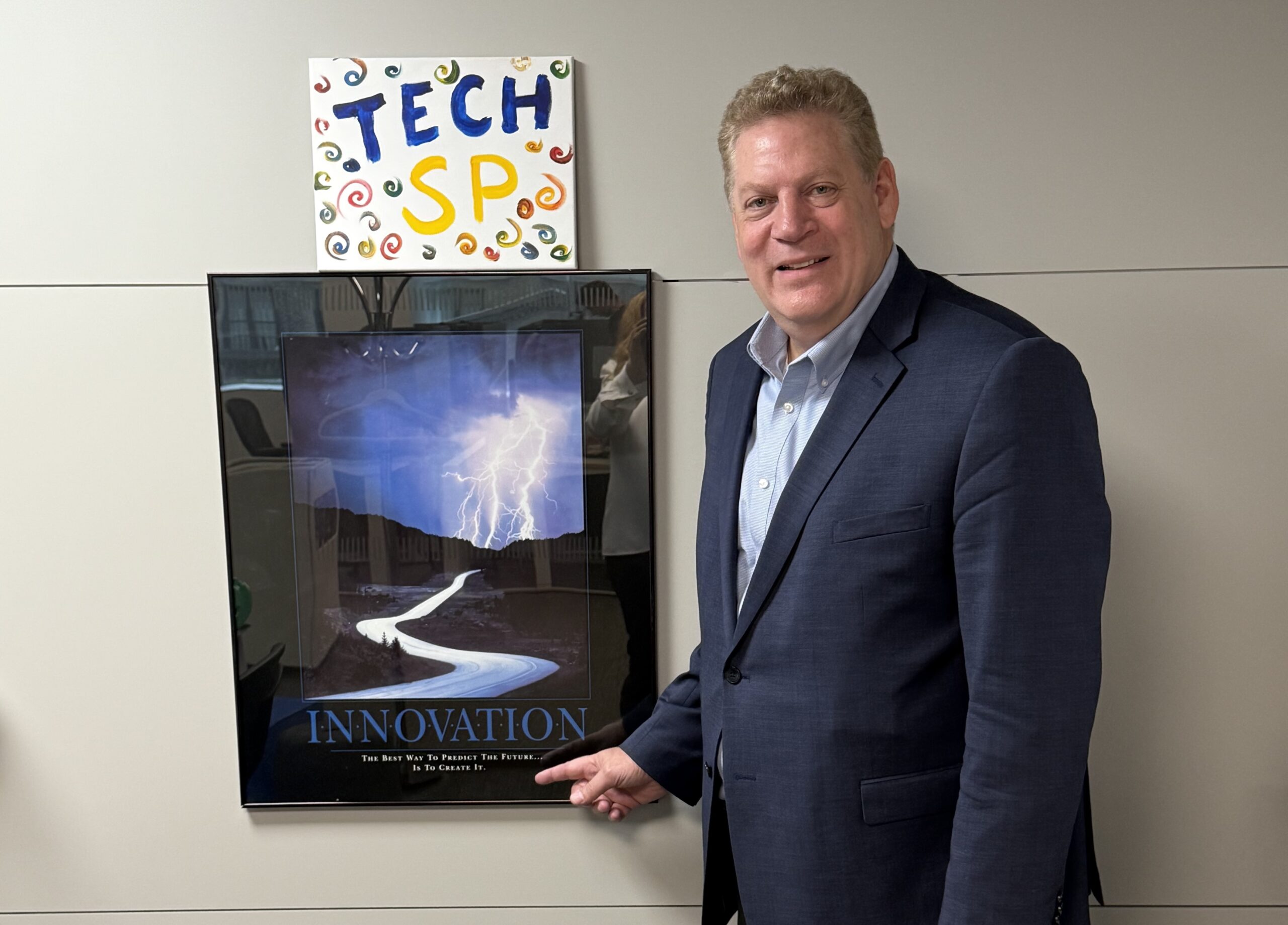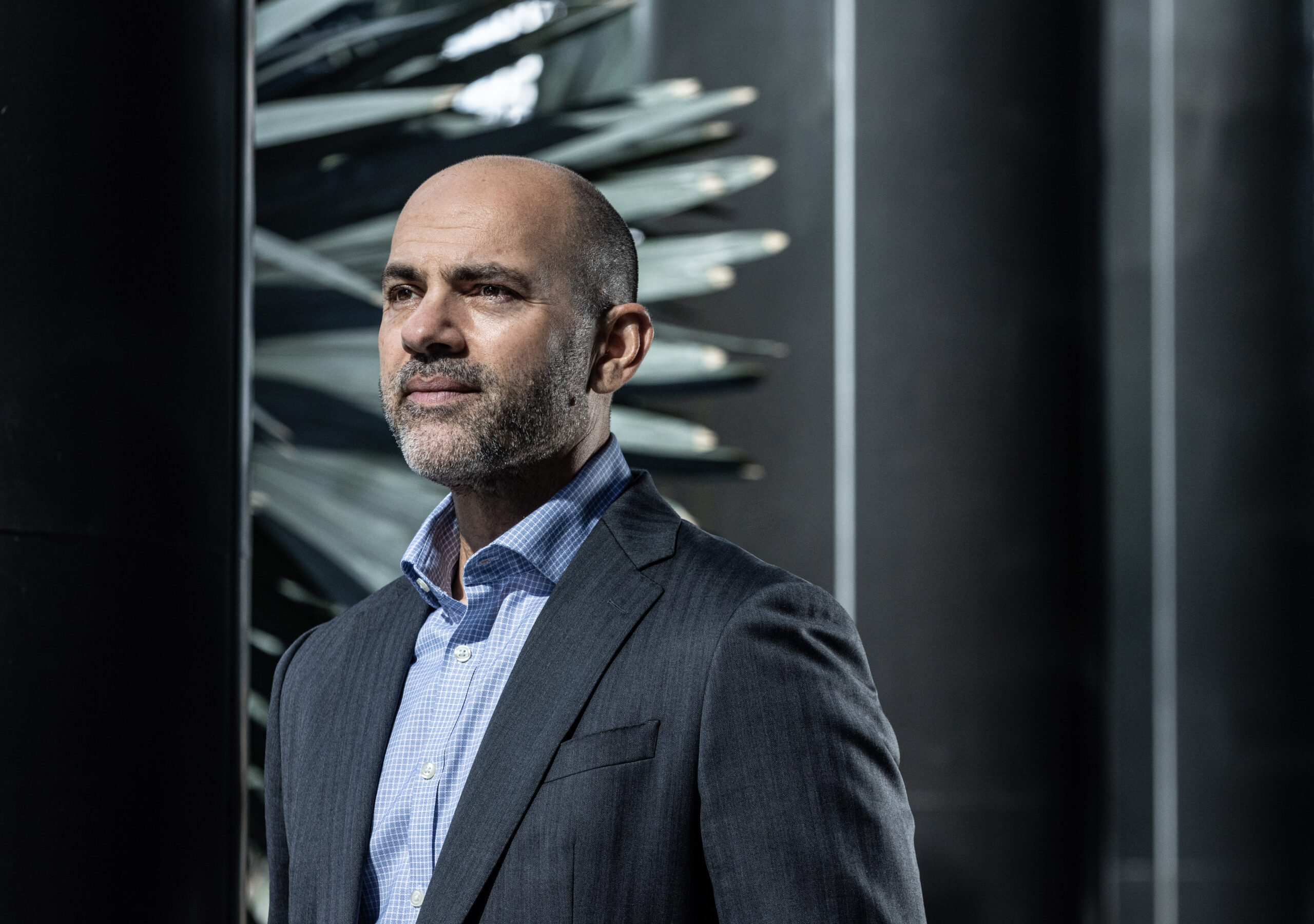How JPMorgan Chase partners with startups to drive innovation at massive scale

With more than 300,000 employees and $4.4 trillion in assets under management, JPMorgan Chase operates on a scale few banks can match. Backed by a $17 billion technology budget, its tech group—comprised of over 60,000 professionals, including 44,000 developers—manages 6,000 applications and nearly an exabyte of data. Despite its immense size, the bank has cultivated an impressive ability to identify emerging trends, cut through industry noise and remain at the forefront of technological innovation.
One way it does that is by working closely with startups and venture capital firms (including boldstart). Beyond that, it has an extremely organized and comprehensive system for analyzing requirements and looking for solutions in the open market. When it comes to build versus buy, unless it’s something highly proprietary, it tends to look for a vendor for help.
We spoke with Larry Feinsmith, managing director and head of global tech strategy, innovation, and partnerships at JPMorgan Chase, to explore how the company stays ahead of rapidly-shifting industry trends, how startups can build relationships with the bank and how they collaborate to maximize mutual benefits.
Setting up for success
Feinsmith’s team of seasoned domain experts has a broad mission, but it all comes down to keeping an eye on what’s coming from a tech perspective, and how the bank can take advantage of it. The team determines the applicability for each startup and helps entrepreneurs and founders navigate the organization. They also mentor startups to help guide them to build the kinds of capabilities that JPMC requires, while helping make them enterprise ready. That starts by identifying operational gaps and addressing them through innovative solutions from startups, as well as established incumbents.
“Our mission is to drive our go-forward tech strategy and our innovation agenda through alignment with the technology ecosystem. That could involve emerging technology companies, but could also include the large strategic incumbents, whom we also closely work with,” Feinsmith told FastForward.
At any given moment, the company could be monitoring thousands of organizations, large and small, trying to understand what they offer that could give the bank an edge or fill a need. For instance, they run innovation forums with seed to Series B companies and hold events where they talk about their strategy, what they’re looking for in a partner and the problems they are trying to solve.
“When we go to market with the emerging technology ecosystem, it's not just to find the next trend. It's to look at these companies and how they can solve a material challenge or opportunity that we have,” Feinsmith said.
A matter of trust
As they assess potential startup partners, they tend to prioritize companies that not only offer innovative solutions, but also have strong leadership teams capable of working with a global organization like JPMorgan Chase.
“The first thing is trying to understand and align to our strategic priorities, which we're transparent on,” he said. Feinsmith emphasized the importance of startups being transparent about what their products can and cannot deliver. "It's equally important to share what you can't solve,” he said. In other words, it’s essential to be honest about your company’s capabilities without overstating or overpromising on aspects of the product you won’t ultimately be able to deliver.
When we go to market with the emerging technology ecosystem, it's not just to find the next trend. It's to look at these companies and how they can solve a material challenge or opportunity that we have
Beyond that, it’s actually delivering those capabilities on schedule. Even though he understands early-stage companies aren’t going to solve the entire problem in release 1.0, the bank is still counting on them to keep to a regular delivery cadence. “There's no doubt when we first start working with a company, there are gaps and we are providing mentorship, but it's still important to know when these services and products are going to be delivered, so we can align on an implementation plan,” he said.
We’re in this thing together
A big part of that is having strong leaders, who take the relationship seriously and advocate for the bank and its position as an important customer. “We not only partner based on a particular technology, we partner with great minds and great leaders,” he said. They spend a lot of time working with the CEO, founders and key engineers and are looking for deep engagement with these companies, where the bank shows great interest, and that is returned by the startup.
But Feinsmith also understands that, as a large organization, his company needs to be careful not to overwhelm the startup with unique requirements that could distract it from its core mission, something he tries hard not to do. “One of the things that we try to be very thoughtful about is never asking a startup to do anything bespoke for us because that, in fact, can stifle a startup, or distract them from their overall growth ambitions,” he said.

That means that they try to make sure that they always provide appropriate resources and clear requirements and that anything they ask the startup to do will not only be applicable to JPMC, but to any large organization the startup might be working with now or in the future.
All of that comes down to mutual learning and benefiting from the relationship. They want young companies who work with them to get reciprocal value from working with the bank. As Feinsmith explains, “It's tapping into innovation. It's time to value. It's helping build something that can be rolled out at scale. I think it's the combination of JPMorgan Chase and the innovator that creates great solutions with great business value.”
Photos courtesy of JPMorgan Chase.





